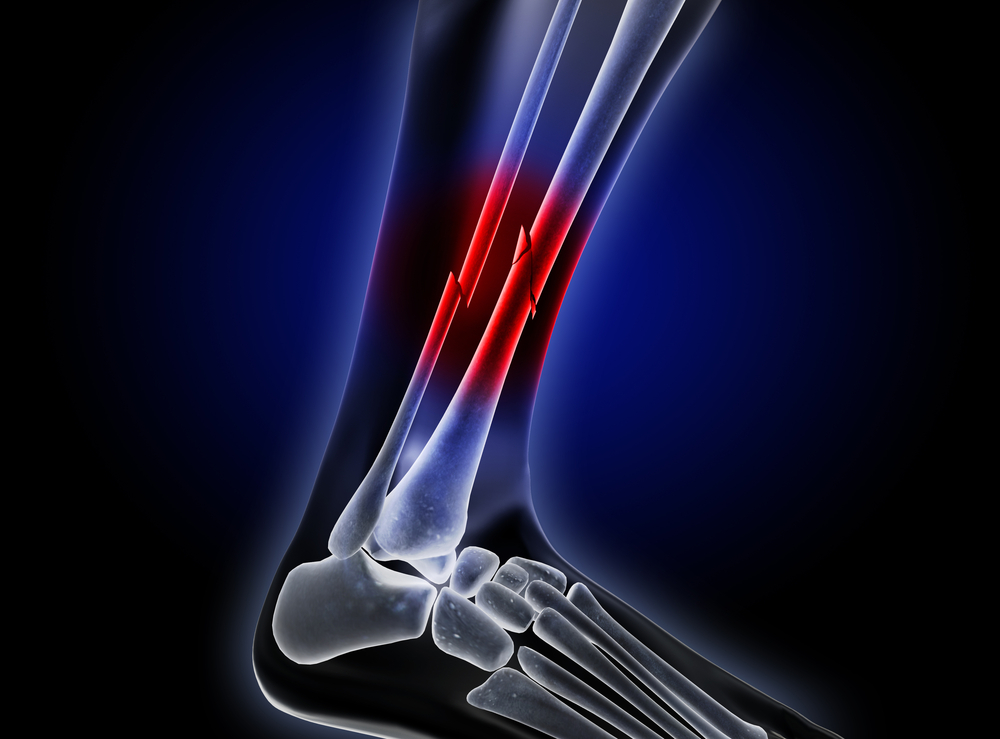Treatment & Recovery
Complex fractures involve severe bone damage that may include multiple breaks, misalignment, or soft tissue involvement. These injuries often result from high-impact trauma, such as car accidents, falls from height, or sports injuries. Due to their severity, complex fractures require specialised treatment and, in many cases, surgical intervention to ensure proper healing and function restoration.
Unlike simple fractures, complex fractures may involve complications such as open wounds, joint involvement, or damage to surrounding muscles, nerves, and blood vessels. Early and precise management is crucial to prevent long-term disability.
Common Types of Complex Fractures
- Comminuted Fracture – The bone breaks into multiple fragments.
- Open (Compound) Fracture – The bone pierces through the skin, increasing infection risk.
- Segmental Fracture – The bone is broken in two or more distinct places.
- Intra-Articular Fracture – The break extends into a joint, affecting mobility.
- Pathological Fracture – A fracture caused by weakened bones due to conditions like osteoporosis or cancer.
- Fracture-Dislocation – A combination of a fracture and joint dislocation.
Causes & Risk Factors of Complex Fractures
- High-Impact Trauma – Car accidents, falls from heights, or direct blows.
- Sports Injuries – High-contact sports or extreme activities.
- Osteoporosis & Bone Weakness – Increases susceptibility to severe fractures.
- Workplace or Industrial Accidents – Heavy machinery-related injuries.
- Infections & Previous Bone Conditions – May contribute to weakened bone structures.
Signs & Symptoms of Complex Fractures
- Severe pain and swelling at the injury site
- Visible deformity or exposed bone (in open fractures)
- Loss of function or inability to bear weight
- Numbness or tingling due to nerve involvement
- Excessive bleeding (in open fractures)
Diagnosis of Complex Fractures
- Physical Examination – Assessing deformity, swelling, and neurovascular status.
- X-rays & CT Scans – Identifying fracture patterns and bone displacement.
- MRI Scans – Evaluating soft tissue and ligament involvement.
- Bone Density Tests – Assessing underlying bone conditions if necessary.
Treatment Options for Complex Fractures
Non-Surgical Treatment (For Select Cases)
- Immobilisation with Casting or Bracing – Used for fractures that can heal without surgical realignment.
- Pain Management & Anti-Inflammatory Medication – Controls pain and swelling.
- External Fixation – Temporary stabilisation with an external frame for severe cases.
Surgical Treatment (For Severe Cases)
- Open Reduction & Internal Fixation (ORIF) – Surgical realignment using plates, screws, or rods.
- External Fixation – Stabilising the fracture externally for complex, high-risk injuries.
- Bone Grafting – Used for fractures with significant bone loss.
- Joint Reconstruction or Replacement – For fractures involving major joint damage.
Recovery & Rehabilitation After Complex Fractures
- Initial Recovery Phase (0-6 Weeks) – Immobilisation and controlled movement.
- Strength & Mobility Restoration (6-12 Weeks) – Physiotherapy and weight-bearing exercises.
- Rehabilitation (3-6 Months) – Full joint and muscle function recovery.
- Long-Term Monitoring – Regular check-ups to prevent complications like non-union or arthritis.
Why Choose Advanced Orthopaedics for Complex Fracture Treatment?
Specialised Fracture Management
Led by Dr Sarbjit Singh, a Senior Consultant Orthopaedic Surgeon, our clinic provides expert surgical and non-surgical solutions for complex fractures.
Comprehensive Treatment Plans
We offer personalised treatment options, from conservative management to reconstructive surgery.
Structured Rehabilitation & Follow-Up Care
Our integrated physiotherapy and post-surgical support ensure the best possible recovery outcomes.
Take the Next Step
If you have suffered a complex fracture, seeking immediate medical attention is crucial. Contact our team at Advanced Orthopaedics for expert fracture management and personalised treatment solutions.





